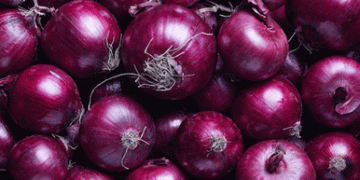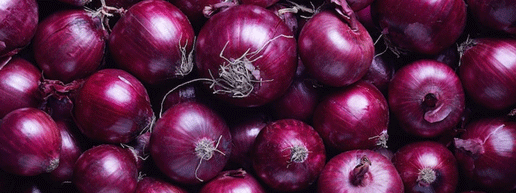Onions are a vital kitchen staple in India, and fluctuations in their price can cause widespread concern among both consumers and policymakers. Recently, retail onion prices soared to Rs 67 per kg in Delhi, while the national average stands at Rs 58 per kg. To mitigate this surge and ensure affordable access for consumers, the Indian government has ramped up efforts to release more onions from buffer stocks.
Current Market Scenario
According to official data, onion prices have spiked due to temporary supply constraints. This disruption has been attributed to increased demand during the festive season and the temporary closure of several wholesale markets (mandis). The impact has been felt most acutely in urban areas, where consumer prices have risen significantly.
To combat this issue, the government has announced several measures to stabilize prices. A government statement emphasized the need for proactive action: “The government has decided to upscale the onion disposal in order to address temporary constraints in onion supply observed in certain markets in the past 2-3 days.”
Key Measures Implemented
- Release of Buffer Stock: The government had procured 4.7 lakh tonnes of rabi onion earlier this year to create a price stabilization buffer. Since September 5, onions from this buffer have been offloaded in retail markets at Rs 35 per kg, along with bulk sales in major mandis. So far, over 1.5 lakh tonnes of onions have been dispatched from key production centers, including Nashik, through an efficient distribution network.
- Increased Transport and Supply: The cooperative organization NAFED has arranged for additional shipments to ensure a consistent onion supply. Two more rail rakes have been allocated for Delhi-NCR and one for Guwahati. Road transport deliveries have also been increased, emphasizing the government’s commitment to maintaining market stability. Further, cold storage supplies in Sonipat will be offloaded to support onion demand in Punjab, Haryana, Chandigarh, Himachal Pradesh, Jammu & Kashmir, and Delhi.
- Utilization of Multiple Supply Channels: The National Cooperative Consumer Federation of India (NCCF) is also playing a pivotal role in enhancing supply chains. By leveraging both rail and road transport, the government aims to ensure onions are accessible in regions where demand has outstripped local supply.
Positive Developments in Onion Production
While immediate measures focus on price stabilization, the long-term outlook for onion production remains promising. According to the Department of Agriculture, the kharif onion sown area this year has increased by 34%, from 2.85 lakh hectares to 3.82 lakh hectares. Late kharif onion sowing is also progressing well, with 1.28 lakh hectares covered by early November. These increases in cultivated area should help to prevent future supply bottlenecks and stabilize prices over the coming months.
Tomato and Potato Price Trends
Interestingly, while onion prices have drawn national attention, tomato and potato markets have shown more stability. Retail prices of tomatoes are declining as mandi prices have fallen across key regions:
- In Azadpur mandi, prices decreased by 27% to Rs 4,000 per quintal.
- In Pimpalgaon, Maharashtra, prices dropped by 35% to Rs 2,250 per quintal.
- In Madanapalle, Andhra Pradesh, prices fell by 26% to Rs 2,860 per quintal, driven by a 20% increase in weekly arrivals.
- In Kolar, Karnataka, the price decreased by 27% to Rs 2,250 per quintal.
Potato prices have remained relatively stable at an all-India average of Rs 37 per kg over the last three months, providing some relief to consumers as they cope with onion price volatility.
The government’s prompt response to the surge in onion prices underscores the importance of strategic food management and price stabilization efforts. By leveraging buffer stocks and optimizing supply chains, authorities aim to mitigate consumer distress while preparing for future supply-demand fluctuations. The increased kharif onion acreage offers hope for longer-term stability, suggesting that a well-coordinated approach could lead to a more resilient agricultural sector.































